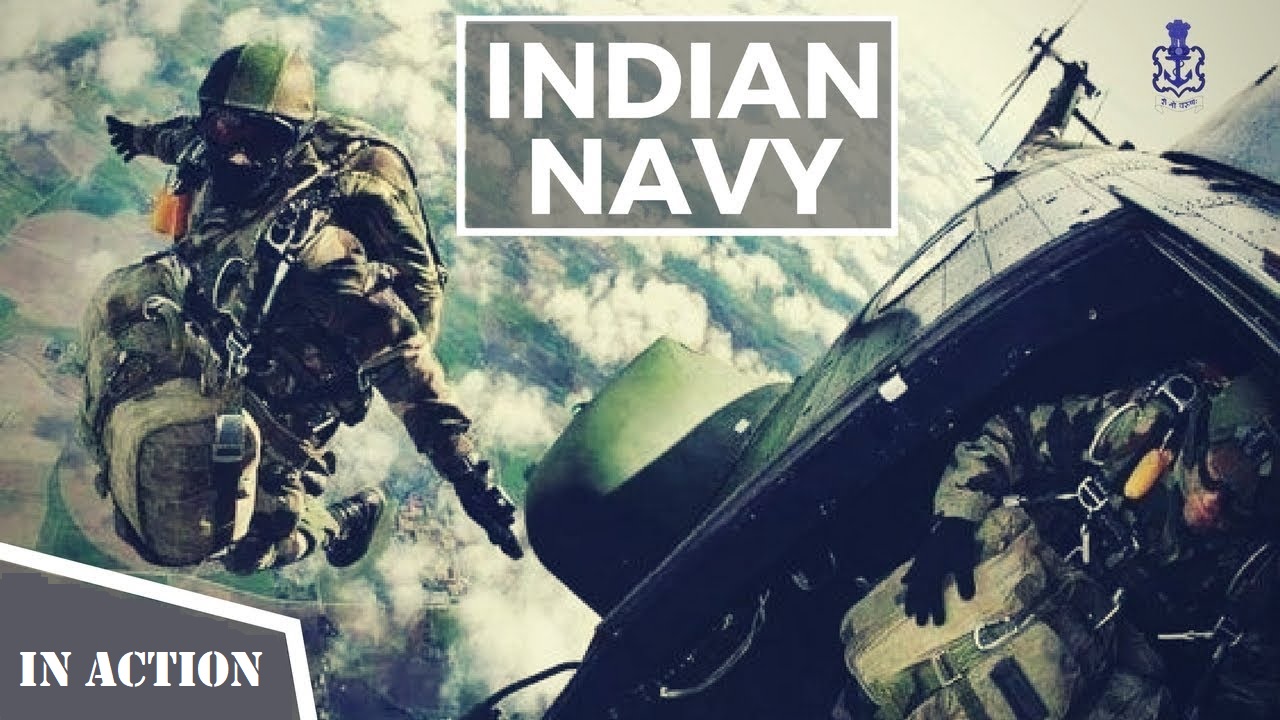The Indian Navy has been making waves lately, not just literally but also in the world of headlines. Here’s a quick dive into some of their recent activities:
Anti-Piracy Prowess
In a display of maritime might, the Indian Navy recently conducted two successful anti-piracy operations in the Arabian Sea, rescuing 36 crew members from hijacked vessels. The elite MARCOs played a key role, freeing 19 Pakistani nationals aboard “FV Al Naeemi” and 17 Iranian crew from “FV Iman.”
The actions were swift and decisive, with both rescues occurring within 24 hours, showcasing the Indian Navy’s ability to respond to diverse situations effectively. Also, the growing prowess of the MARCOs, the Indian Navy’s elite marine commandos who spearhead these missions.
FV Al Naeemi: In a daring operation, the Indian Navy successfully rescued the Iranian-flagged fishing vessel Al Naeemi from the clutches of 11 Somali pirates in the treacherous waters of the Arabian Sea. The vessel, hijacked off the east coast of Somalia, carried a 19-member Pakistani crew. Swiftly intercepting the vessel, the Indian naval forces compelled the pirates to release both the crew and the boat. Images captured the moment: armed naval commandos standing guard over the subdued pirates, their hands bound. This high-stakes anti-piracy mission unfolded approximately 850 nautical miles (1,570 kilometers) west of the Indian coastal city of Kochi.

FV Imam: In another quick and assertive operation, the Indian Navy rescued the Iranian-flagged fishing vessel FV Iman from Somali pirates in the waters of the Arabian Sea. The vessel, hijacked off the east coast of Somalia, carried a 17-member crew. Responding promptly to the distress signal, the INS Sumitra, a Saryu-class patrol vessel, intercepted the vessel and enforced established operating procedures to coerce the pirates into releasing the crew. The Iranian vessel was meticulously sanitized by an armed Indian Navy team, ensuring the safety of the crew before its onward transit.
FV Omari: Adding to its successful anti-piracy operations, the Indian Navy thwarted a piracy attempt and successfully rescued the crew of the fishing vessel FV Omari, along the East Coast of Somalia. On January 31, they received information about the piracy threat. Swiftly mobilizing a warship, maritime patrol aircraft, helicopters, and Predator MQ9B drones, the Navy ensured the safety of all 21 individuals aboard the 84,000-tonne bulk carrier, including 15 Indians. The crew members are reported to be unharmed and safe.
Houthi Conflict Response
In December 2023, Houthi rebels from Yemen launched drone attacks on two merchant vessels linked to India in the Arabian Sea. The first victim, MV Chem Pluto, an oil tanker with 20 Indian crew members, was struck while en route to Mangalore from Saudi Arabia. Fortunately, no injuries were reported. Shortly after, MV Saibaba, a Gabon-flagged vessel carrying 25 Indian crew, was attacked in the Red Sea. While both vessels sustained damage, thankfully, there were no casualties.
These attacks, amidst the Israel-Hamas conflict, sent shockwaves through the shipping industry. The US attributed the attacks to the Houthis, raising concerns about the group’s expanding reach and potential disruption to vital maritime trade routes. Both the Indian and US militaries launched investigations, highlighting the international seriousness of the situation.
With tensions flaring in the Arabian Sea due to Houthi attacks, India bolstered its naval presence, adjusting its posture in the Arabian Sea with a multi-layered response. Indian Navy’s agile patrol vessels like the INS Saryu began patrolling key shipping lanes, while invisible frigates like the INS Shivalik started providing a wider net of deterrence with their advanced sensors and firepower. India is likely to have entered into collaborative efforts with regional partners like Oman to add another layer of strategic depth.
Indian Navy’s Multi-layered response
Unprecedented Deployment: The Indian Navy fielded 12 anti-pirate patrolling ships in the Arabian Sea, its largest peace-time deployment at sea. These warships are bolstered by live feeds from long-range UAVs and surveillance planes, ensuring constant vigilance over vital sea trade routes1.
Strategic Step-Up: Responding swiftly to threats, the Indian Navy escalated its presence from two warships to a fleet of 12. This move signified India’s commitment to safeguarding not only its own trade but also global maritime interests. The message was clear: free flow of trade is paramount.
Persistent Surveillance: Alongside warships, the Indian Navy employed P-8I aircraft and Sea Guardian drones for regular surveillance missions. With over 95% of India’s trade routed through the sea, this proactive stance aims to deter piracy attempts and protect vital shipping lanes2.
Foiling Hijacking Attempts: Indian Navy’s Five warships—INS Kochi, INS Mormugao, INS Kolkata, INS Chennai, and a Talwar Class frigate—patrol the Arabian Sea off the Gulf of Aden. Enhanced surveillance using P8I maritime patrol aircraft, MQ-9B Predator drones, and Dornier aircraft ensures swift response to any threats.
With this calibrated deployment, the Indian Navy has balanced its proactive presence with cautious escalation avoidance. However, it stands resolute, securing the high seas with professionalism and determination.
Indian Navy aims to safeguard trade routes, deter further attacks, and reassure stakeholders without inflaming regional tensions. With over 95% of trade and a significant portion of hydrocarbon imports routed through the sea, India’s naval response highlights its commitment to securing its maritime interests, combating piracy, and ensuring regional stability amidst turbulent waters.


